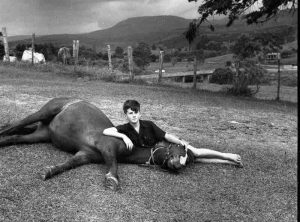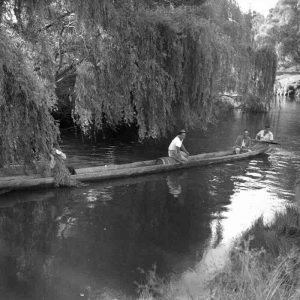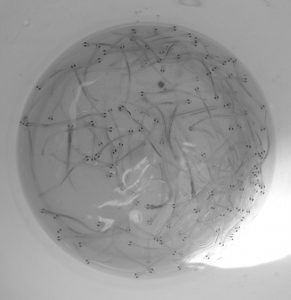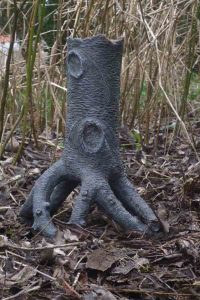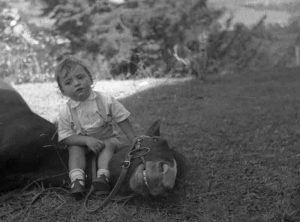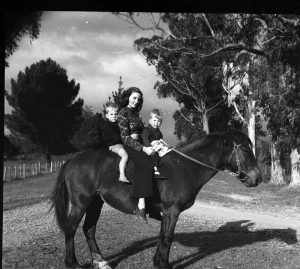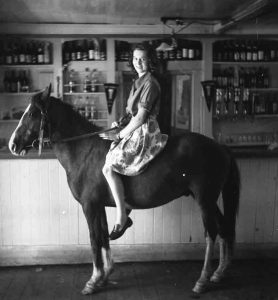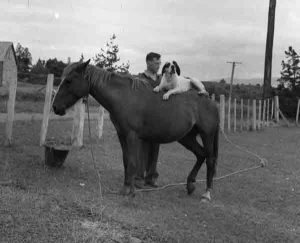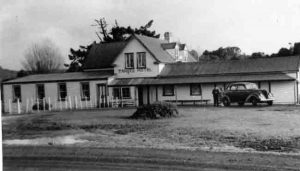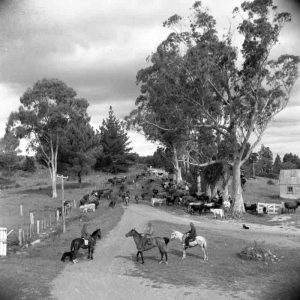Bryan
This is my brother Bryan. It appears that our family mainly used horses as furniture but I assure you this wasn’t the case.
This photo has some clues in it. The concrete bridge in the background spans the Taheke River, like an invading army it allowed roads to take over from the centuries old river transport that had prevailed.
On the other side of the river was Waima, a Maori community, you can see two or three houses in the photo. Beyond the right of this photo was their marae, and I don’t know whether it was my imagination or not but I remember a couple of occasions when there was a tangi and I could hear women wailing, their voices carrying across the valley and the river.
Two of the Maori surnames that I remember from Waima were Panaho and Pehi. Here are 4 locals on a horse, a horse that still feels like eating fortunately. The river is in the background. Notice the mud on its legs.
 I meant to tell you that sometimes I would see large mullet in the river, swimming over the shingly bottom.
I meant to tell you that sometimes I would see large mullet in the river, swimming over the shingly bottom.
The river was clear. Black fresh water mussels stuck out of the shingly bottom. Mysterious to me was being told that some Maori women at the time of giving birth would squat into ankle deep water and utilise the cleansing waters of the current. I hope that this is true because it’s an attractive idea.
